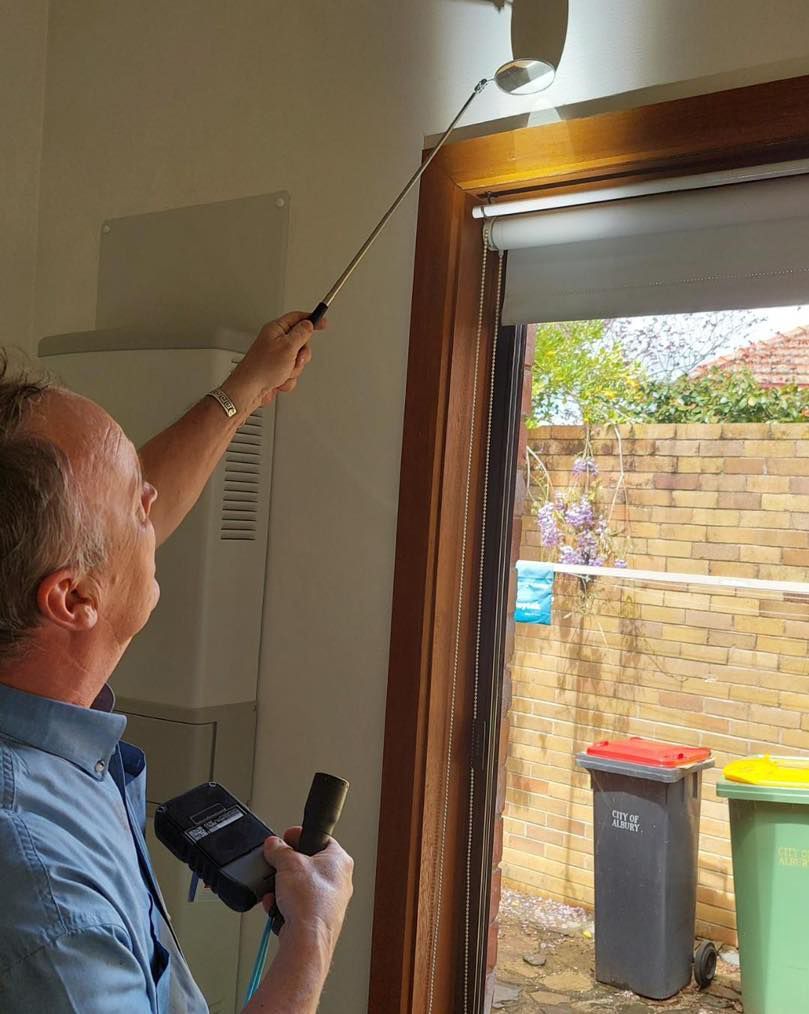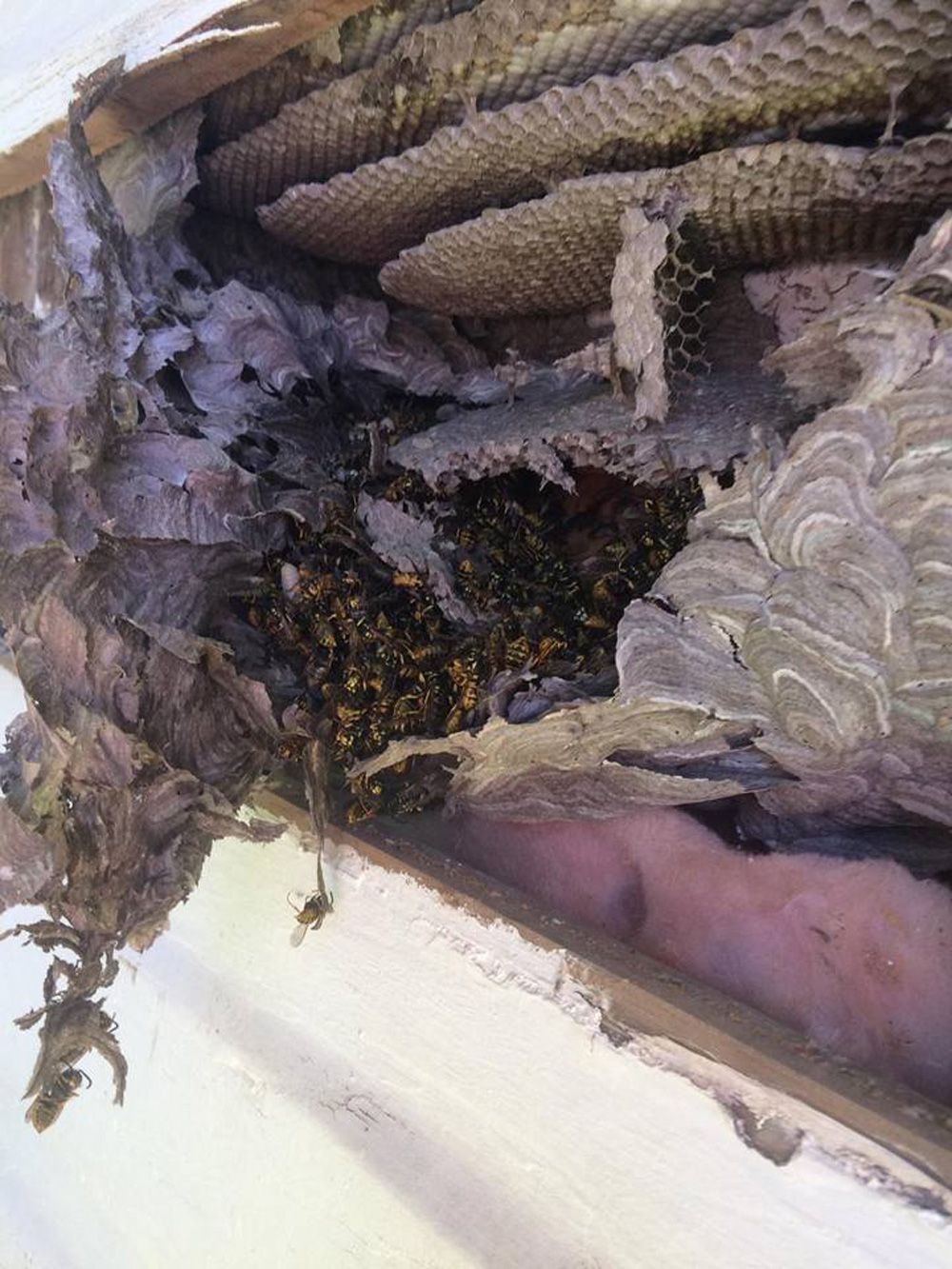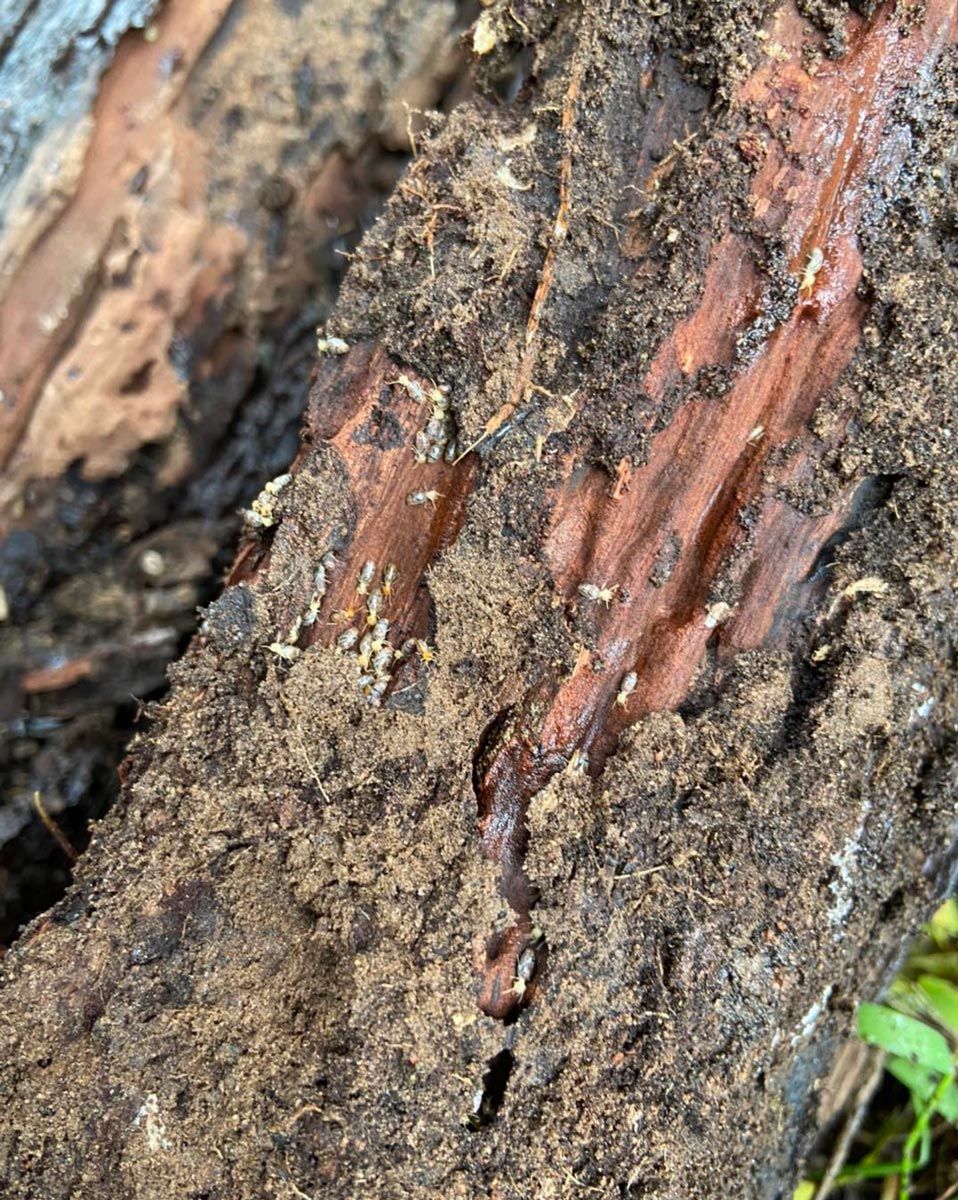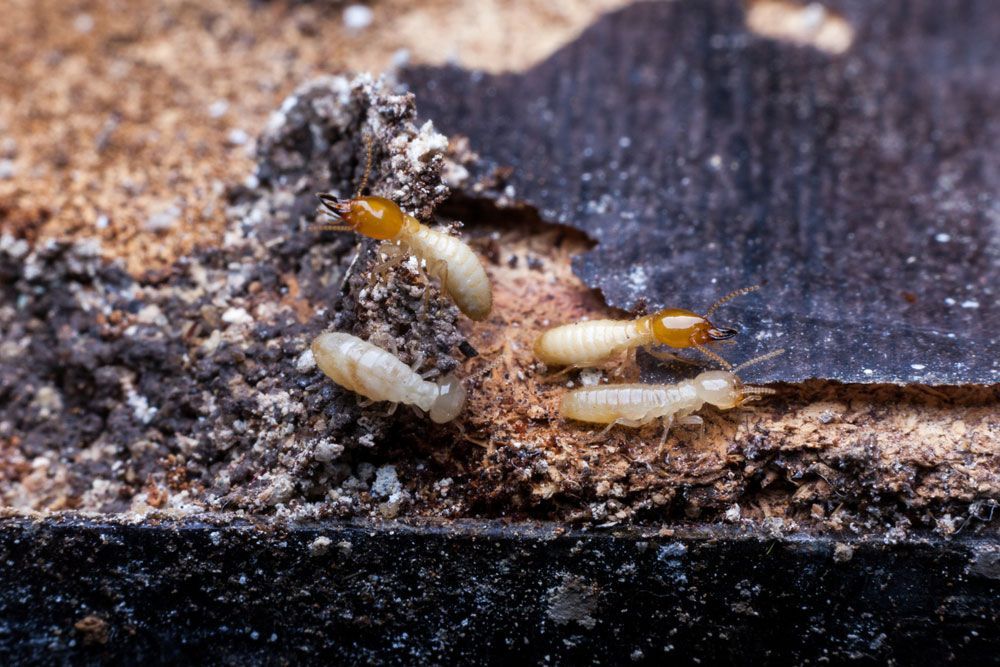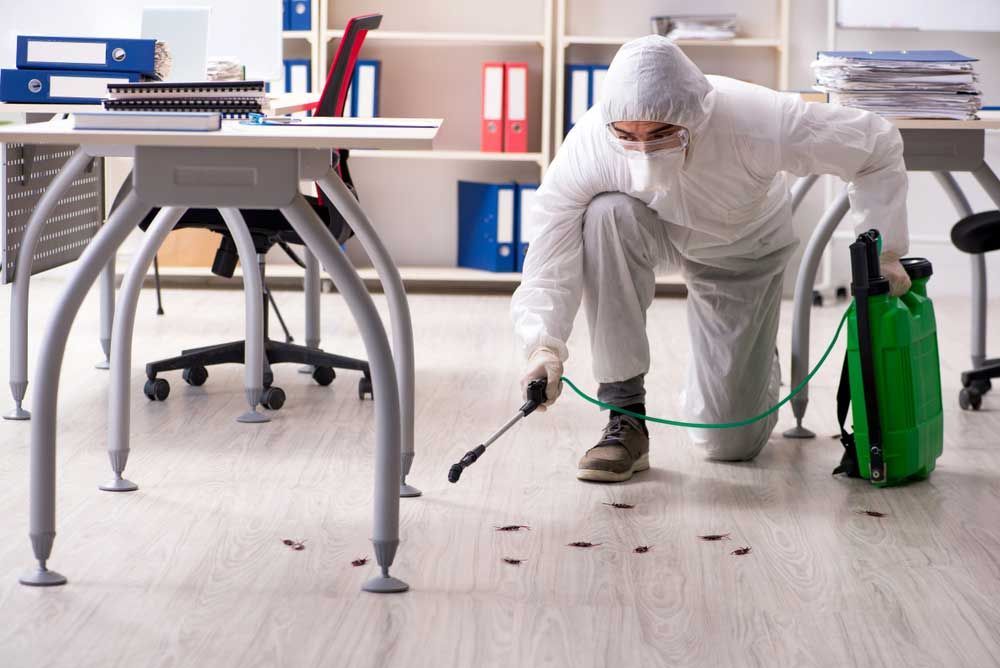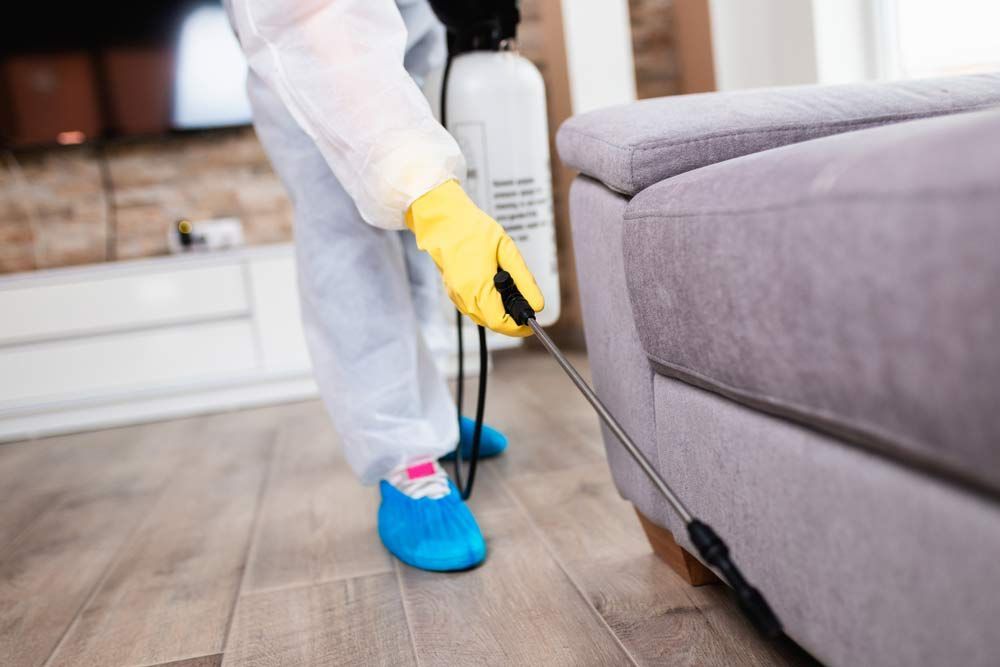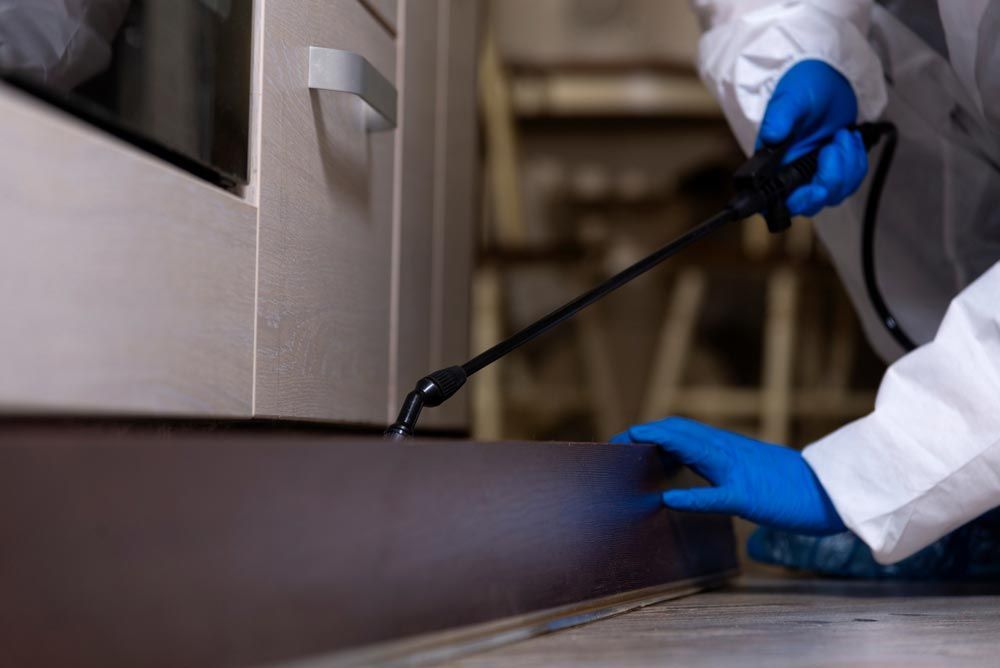The Role Of Moisture In Termite Infestations: How To Protect Your Home
Have you ever wondered why termites appear out of nowhere and cause havoc in your home? One of the key factors in termite infestations is moisture. Understanding how moisture attracts termites and what you can do to reduce it around your home is essential in preventing these destructive pests. In this blog, we’ll explore why moisture attracts termites, offer practical tips to reduce moisture around your home and help you safeguard your investment.
Moisture Provides A Vital Survival Resource For Termites
Termites, like many insects, require moisture to survive. They are particularly drawn to damp environments because their thin exoskeletons make them prone to desiccation. In a dry environment, termites would quickly dehydrate and perish. Therefore, areas of your home with high moisture levels, such as basements, crawl spaces and bathrooms, become prime targets for termite infestations. Ensuring proper ventilation and addressing any leaks or dampness in these areas can significantly reduce the risk of attracting termites.
Moisture Softens Wood Structures, Making Them Vulnerable
Moisture doesn’t just provide a direct resource for termites; it also softens wood, making it easier for termites to chew through. When wood is dry, it is much more complex and less appealing to termites. However, when wood absorbs moisture, it becomes softer and easier to penetrate. This is why damp or water-damaged wood is more susceptible to termite attacks. Regularly inspecting your home for signs of water damage and repairing any issues promptly can help keep termites at bay.
Moisture Creates Conducive Conditions For Termite Nesting
Subterranean termites, among the most common and destructive species, build their nests in soil retaining moisture. These nests need to maintain a certain humidity level for the termites to survive and thrive. If your property has areas with poor drainage or standing water, it can create an ideal environment for termites to establish their colonies. Improving drainage around your home and ensuring water flows away from the foundation can deter termite nesting.
Moisture Encourages Fungal Growth That Attracts Termites
Termites are not only attracted to moisture for their survival but also for the growth of certain fungi. Some species of termites cultivate fungi as a food source. These fungi thrive in moist environments and break down wood, making it palatable for termites. Controlling moisture levels in and around your home can reduce the chances of fungal growth, indirectly reducing the risk of termite infestations.
Tips For Reducing Moisture Around Your Home
To prevent termite infestations, managing moisture levels around your property is crucial. Here are some practical tips:
- Ensure proper drainage around your home to avoid standing water.
- Use dehumidifiers in damp areas like basements and crawl spaces.
- Repair any leaks in plumbing or roofing promptly.
- Maintain good ventilation in moisture-prone areas, such as bathrooms and kitchens.
- Regularly inspect and repair any water-damaged wood.
- Keep gutters clean and ensure they direct water away from the foundation.
Safeguard Your Property With Professional Termite Control!
Understanding the connection between moisture and termite infestations is key to protecting your home. By managing moisture levels and taking preventative measures, you can reduce the risk of attracting these destructive pests.
At Border Pest Control, we provide comprehensive termite treatment in Albury. Our team can help you identify and address moisture issues that attract termites. Protect your home with our effective and reliable termite control services. Contact us today to learn more about our tailored termite treatment solutions and ensure your property remains termite-free.

